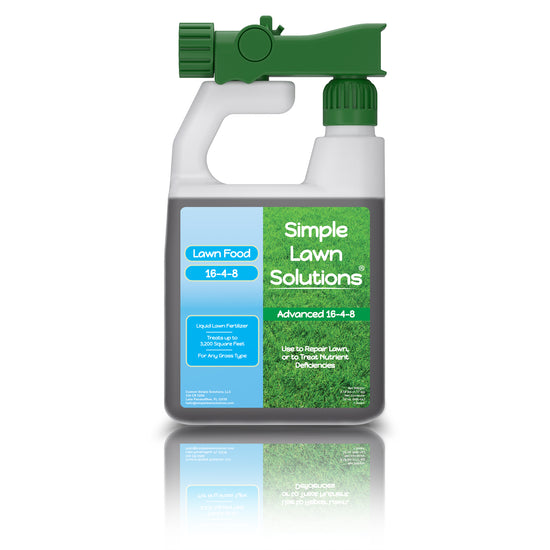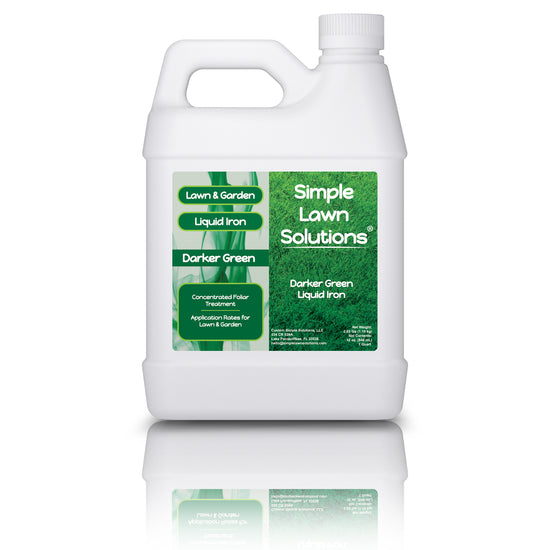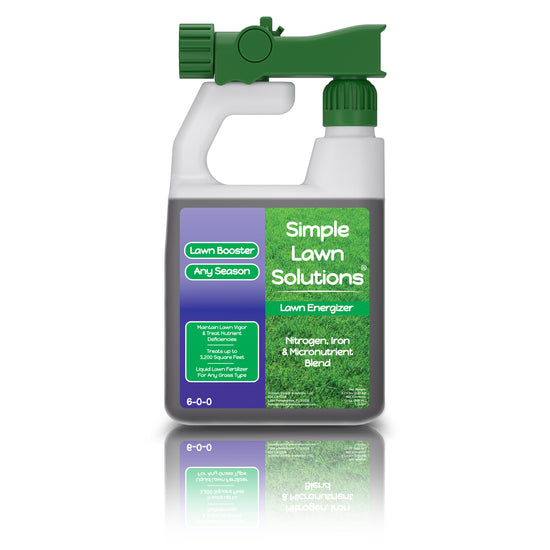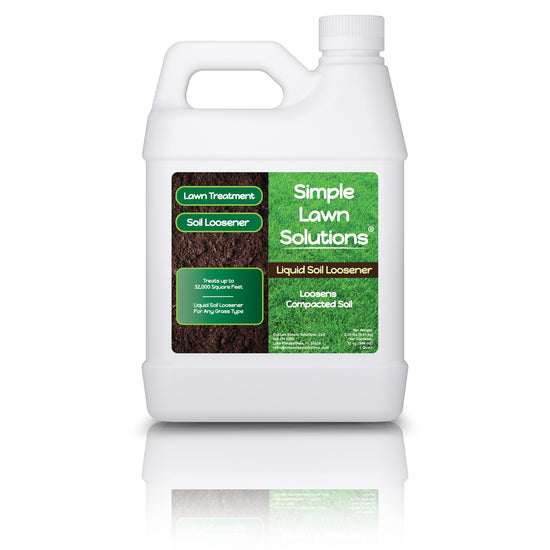Texas summers are hot and long, especially in central, south, and west Texas. Managing a healthy lawn through these conditions requires understanding the grass type, water requirements, soil conditions, and seasonal stresses such as drought, disease, and insect activity.
Texas has a variety of turfgrasses in these different regions throughout the state. Bermudagrass, zoysiagrass, St. Augustine, centipede, and buffalo turfgrasses perform well in Texas because of their high heat tolerance. Tall fescue and ryegrass are mostly present in North Texas, but are mainly used for overseeding purposes to give color throughout the winter months. The following tips can be implemented into a regular turfgrass maintenance program to keep your lawn green and performing well.
Best Practices for Watering the Lawn in Summer
There are potential water shortages in certain regions throughout the Southeast, and conserving water is a good practice when applying irrigation to turfgrass. Irrigating too heavily wastes a lot of water but also invites the potential for turfgrass diseases, turf thinning, shallow rooting, reduced stress tolerance, and increased soil compaction. Watering practices also influence conditions; however, allowing your lawn to dry excessively increases the risk of losing turfgrass from lack of water and reduces the aesthetics of the home lawn.
To ensure that your irrigation system is operating efficiently, there are a few steps to dial in the details of how much water should be applied:

The irrigation system must be calibrated to determine the system's output and uniform coverage, then determine the evapotranspiration rate or soil moisture status. The ideal soil should have some moisture present but not to the point that water can be squeezed out of the soil.
Daily rainfall totals should be tracked to prevent overwatering the turfgrass and soil. Given the design of your irrigation system, determine how long to operate each zone based on the precipitation rate of the nozzles and psi of the irrigation system to accomplish 1” - 1.5” per week, keeping it from being overwatered yet providing enough water during summer.
The first step in calibrating your irrigation system is to perform a “catch can” test. This is accomplished by placing empty containers or cans across the lawn in particular zones and collecting the amount of water within each can. All cans must be of the same size and volume so accurate calculations can be made. The irrigation system is activated for 15 - 30 minutes to allow the can to collect ¼ - ½”. The amount of water in each can is measured with a ruler and adjusted to the amount of water collected for one hour. Each can is poured into a larger container and measured again. The overall depth is then measured and divided by the total number of catch cans to determine the average depth per can.
Then, this value is divided by the period to calculate the application rate. This method will provide the right amount of water needed to accomplish 1 - 1.5” per week and save a lot of water throughout the season. Rainfall totals should also be calculated and added to the regular irrigation program to supply an accurate amount.
Irrigation water should be applied at a particular time of the day. Water rate decreases with solar radiation, wind, high relative humidity, and lower air temperatures. Generally, this perfect time occurs in the early morning before air temperatures rise and relative humidity drops. This also removes dew from the leaf tissue and allows time for infiltration, but not enough to cause diseases. Watering in the afternoons during the summer is not recommended unless the turfgrass suffers from wilt and needs to be cooled with a quick syringing.
Adjust Mowing Height
Mowing height is of the utmost importance when maintaining your lawn during summer. Certain grasses prefer a cutting height range to stay healthy. During the summer, it is best to raise the height of the cut slightly so roots don’t become shallow and stressed due to water loss and evaporation. The increased area of leaf tissue goes a long way in protecting the overall turfgrass plant from extreme stress.

Mowing frequency can also be reduced by increasing the height of the cut because less is removed in a single mowing session. The height can be lowered once temperatures return to late spring or early summer status. Never remove more than ⅓ of the overall leaf tissue in a single mowing, as this can be very detrimental to the health of the grass. Sharp blades are always required so a clean leaf cut can be accomplished and protected from environmental stresses and diseases.
Summer Fertilization in Texas
Fertilization is a sure way to encourage turfgrass growth at a steady pace. However, it’s important only to apply the precise nutrients the lawn needs. High nitrogen can be applied during the summer, but can result in lush growth, increased thatch, and disease pathogens. It is a good practice to apply a slow-release nitrogen such as Urea Triazone and iron to maintain color, which will protect against overstimulating the grass into the danger zone.
Disease and Pest Prevention
Diseases on high-profile turf and aesthetically pleasing appearances of lawns can all attract diseases and pests if the conditions are optimal for their life cycle. Diseases can appear as lesions on the leaf tissue with a slimy, cottony appearance during summer. Some diseases can become devastating in as little as 24 - 48 hours. Therefore, continuous monitoring by visually inspecting the turf is required if a severe, destructive disease forms and alters the grass plant's life cycle. High temperatures, high relative humidity, and too much moisture can be a perfect breeding ground for most diseases. It is essential to consider a preventive fungicide program before favorable conditions for disease growth. Repeating the application every 14 - 30 days is recommended during times when pathogens can invade and take over the lawn.
Insect activity from mole crickets, chinch bugs, armyworms, grubs, and natural predators can quickly invade your lawn and cause damage. Identifying the damaging pest is essential in applying the appropriate control measures. Some insects have chewing mouthparts, while others, such as chinch bugs, inject toxins into the plant tissue and cause adverse growth conditions.

Armyworms can damage a lawn overnight and must be controlled before damaging the entire property. Certain baits and insect traps can be set to detect these pests, but it is always best to get down and inspect the soil, thatch, and leaf tissue to determine the amount and type of damage that has occurred. It is very challenging to predict if the lawn will attract insects or diseases at an exact time, but certain conditions and times of the season can guide one as to what to expect.
Preventive measures can be applied for diseases, but it is tough to use preventive measures for insect activity. So, make yourself aware when insects can become most active and what damage they can cause.
Aeration and Soil Management
Core aeration improves infiltration, oxygen levels, and growth potential. However, it can be very stressful to your lawn if performed during stressful times of high heat and drought. Therefore, it is safe to perform this practice when the turf is actively growing and has the energy to combat the self-induced stress. Soil aeration is one of the most essential tasks that can be performed on the home lawn to improve growing conditions and move nutrients into the root zone profile.
Topdressing with screened topsoil or coarse sand helps retain nutrients and increase capillary space throughout the soil profile. Additionally, topdressing will decrease thatch thickness as the microbes within the material will feed on the dead, organic material.
Weed Control in the Lawn
Weeds can invade a lawn that has not been protected with pre-emergent herbicides. Applying these specific herbicides certainly helps with the control and weed seed germination, but it doesn’t mean your lawn will be weed-free. Depending on what pre-emergent herbicide is applied, the control window could be 90 - 120 days and sometimes requires a second application to protect against a total takeover of broadleaf and grassy weed classifications. Confirm that the pre-emergent herbicide being applied has a residual time of control or when another application is required to keep the lawn clean of weeds.
Should you be overseeding in the fall with ryegrass, germination success depends on when the pre-emergent herbicide stops working. Therefore, timing is key as the first application should have occurred in early spring before weed seed germination.

Regardless of how detailed your pre-emergent program is, weeds can still germinate and grow in sections that were either missed or leached out of the root zone. To control this issue of sporadic weed germination, a post-emergent herbicide will be required. Applying post-emergent herbicides requires paying attention to the heat and applying at the most optimum time so herbicide burn or other damage doesn’t occur.
Correctly identifying weeds in the lawn is the first step in controlling weeds and knowing weed life cycles and growth patterns. Some types of weeds grow well in conditions controlled by everyday cultural practices. Sedges prefer wet, moist areas to develop. Eliminating these conditions is a good start to not having sedges in the lawn. The extra moisture could come from overwatering, nonexistent subsurface drainage, or improper soil texture.
Drought and Heat Protection
Texas is known for: high heat, hot winds, and drought. Irrigation systems assist in maintaining the proper moisture content in all grasses. When an irrigation system is unavailable, some turfgrasses will go dormant due to high temperatures and lack of water. When dormancy occurs, it is a self-protection mechanism for the grass as it stops growing, shuts down, and turns off color. Trying to fertilize and water frequently can have adverse effects. The color of the turf and its viability will return once adequate rainfall occurs. Lawns with irrigation systems should operate the system to water deeply and infrequently during drought stress.
Texas Summer Lawn Checklist
Water deeply and infrequently during the hot summer months, two to three times a week should be adequate to keep the lawn green. Raise the height of the cut when heat and drought stress are occurring, as taller turf holds more moisture and shades the soil from direct UV rays. Fertilize carefully and use slow-release nitrogen forms such as Urea Triazone, which feeds the lawn slowly and doesn’t overstimulate growth. Inspect the lawn daily and note any physical changes in the leaf tissue. Syringing localized dry spots and applying wetting agents can protect against high heat and drought.
Sometimes, insect damage can look similar to drought and heat damage, making it important to inspect the leaf blades and roots for insect damage from mole crickets, grubs, chinch bugs, armyworms, cutworms, and predators that feed these pests. Skunks, armadillos, and other animals can destroy a home lawn overnight if they dig up the lawn in search of these insects for a food source. Aerate the lawn if there is an irrigation system. Aeration will keep oxygen and water flowing through the root zone profile to enhance root health. Avoid all types of traffic on the lawn during extreme heat and drought. Mowing and other regular maintenance practices can damage turfgrass if performed during high-stress levels.
References:
- “Golf Turf Management”, L.B. McCarty, Clemson University
- “Physiology of Turfgrass” by B. G. Huang,
- “Handbook of Turfgrass Management and Physiology,” Mohammad Pessarakli
- Golf Course Superintendents of America Association, Educational Section









